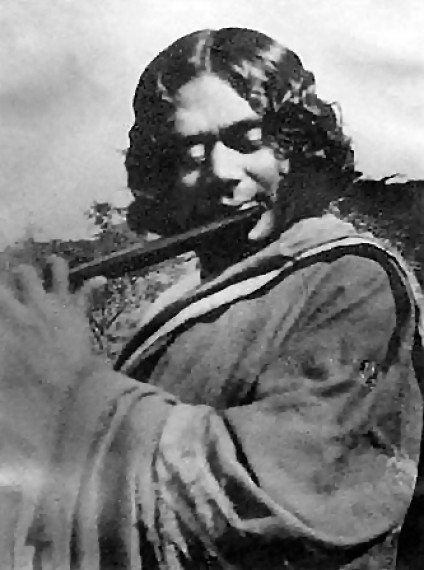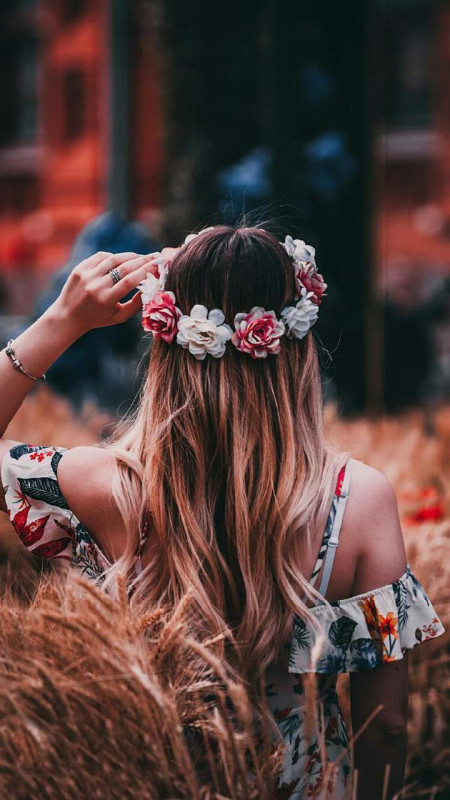
Kazi Najhrul Islam(part-1)

Kazi Nazrul Islam was born on May 24, 1899 (Jaishth 11, 1306 Bangla) in Churulia village of Asansol subdivision in Burdwan district of West Bengal, India. [1] Churulia village is located in Jamuria block of Asansol subdivision. He is the sixth child of Zaheda Khatun, second wife of Qazi Fakir Ahmed, son of grandfather Kazi Amin Ullah. His father Fakir Ahmad was the imam of the local mosque and khadem of the mausoleum. Among Nazrul's three brothers, Kazi Ali Hossain is the youngest and Kazi Sahebjan the eldest and Umme Kulsoom the youngest among the two sisters. Kazi Nazrul Islam's nickname was "Dukhu Mia". Nazrul works as a muezzin in a local mosque in the village. Began studying the Qur'an, Islamic religion, philosophy and Islamic theology in the Maktab (mosque-run Muslim religious school). His father died in 1908, when he was only nine years old. After the death of his father, his educational career was interrupted due to family poverty and he had to start working to earn a living at the age of ten. [4] At this time, Nazrul passed the lower secondary examination from the Maktab and started teaching in the same Maktab. At the same time, Haji started working as a grave servant in Palawan and as a muezzin (caller to the call to prayer). Through these works, he had the opportunity to become intimately familiar with the fundamental rituals of Islam at an early age, which greatly influenced his later literary works.[1] It can be said that he started the practice of Islamic consciousness in Bengali literature.[1]
Nazrul did not stay long in the work of Maktab, Mosque and Shrine. At an early age, he was attracted to folk art and joined a Leto (traveling theater troupe of poetry, song and dance from the Rahad area of Bengal)[5]. His uncle Kazi Bajle Karim was a prominent maestro of the Leto group in the Churulia region and was fluent in Arabic, Persian and Urdu. Besides, Bajle Karim used to compose songs in mixed languages. It is believed that Nazrul Leto joined the party under the influence of Bazle Karim. Apart from this, Nazrul regularly participated in Leto and Kabigan sessions of popular Leto poets of the region Sheikh Chakor (Goda poet) and Kabiya Vasudev. Literary practice started in Leto team. With this troupe he traveled to various places, studied acting with them and wrote songs and poems for their plays. In the light of his work and experience, he started studying Bengali and Sanskrit literature. At the same time he started studying the Hindu scriptures i.e. the Puranas. At that young age he composed several folk songs for his theater troupe. These include Chasar Sanga, Shakunivadha, King Yudhishthira's Sanga, Data Karna, King Akbar, Poet Kalidas, Vidyabhutum, Song of the Prince, Buro Shalik Neke Ron and Meghnad Vadha. [1] On the one hand, the life of mosques, shrines and maktabs, on the other, the idiosyncrasies of the Leto Dal. The experience provided much of the material for Nazrul's literary life. Nazrul wrote a lot of Shyama music and composed about Kalidevi, Nazrul mentioned in his last speech - “Some say Amar Bani Yawan some say Kafir. I say neither. I just tried to hold the Hindu Muslim in one place and make them shake hands, I tried to turn abuse into abuse.”
In 1910, Nazrul Leto left the party and returned to student life.The fact that everyone in the Leto team was impressed by his talent is the song composed by other disciples about Nazrul Leto after he left: "We are under this, we have become masters / Bhabi tai nishidin, Bishad minde / Namete Nazrul Islam, ki div guna proof", in this new student life. His first school was Searsol Raj School in Raniganj, theAdmitted to Mathrun High English School which later came to be known as Naveenchandra Institution.The then Headmaster of Mathrun School was Kumudaranjan Mallick who was also known as a famous poet of that time. His presence is a source of inspiration for Nazrul. Reminiscing about Nazrul, Kumudaranjan wrote,
